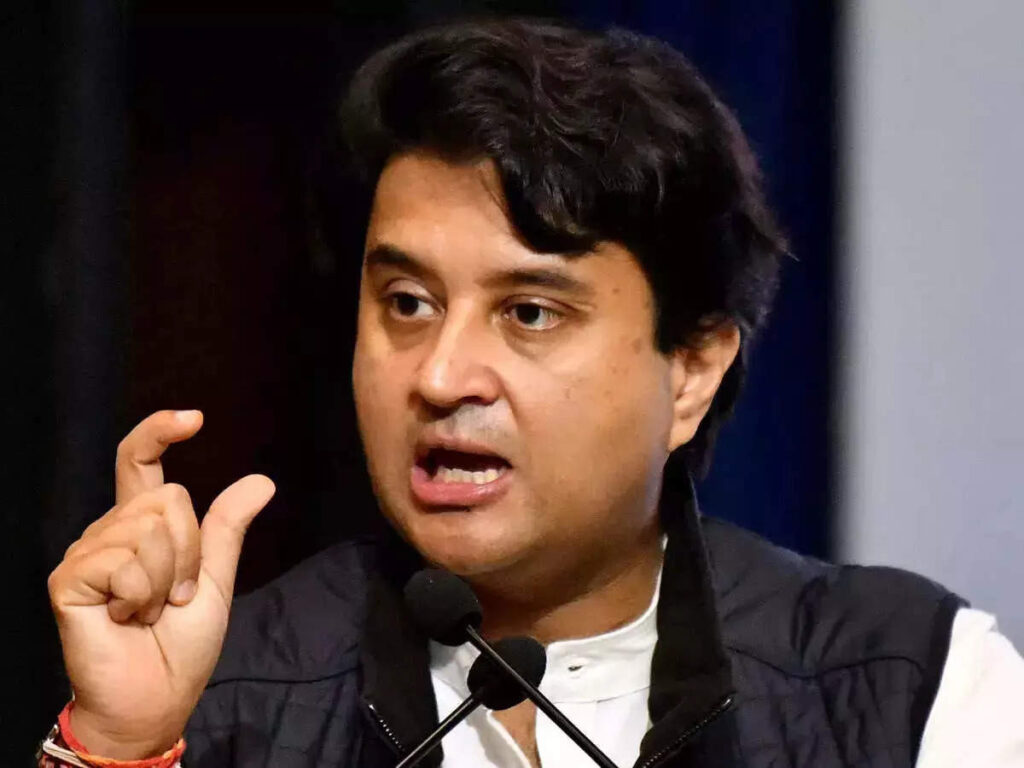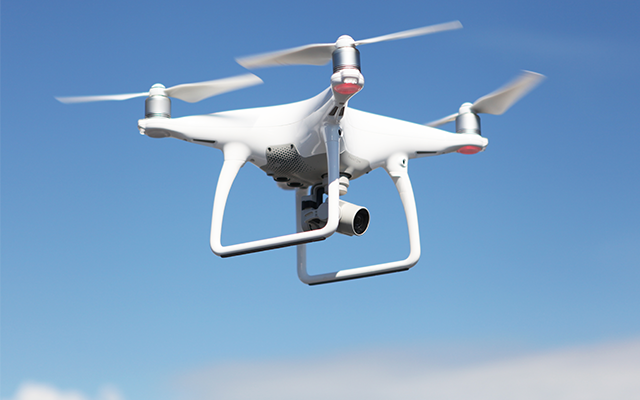Jyotiraditya Scindia predicts over 140 million air passengers in India for FY 2024
On Monday, Jyotiraditya M Scindia, Union Minister of Civil Aviation and Steel, discussed different facets of India’s aviation industry development during his speech at the CAPA India’s Aviation Summit 2023 in New Delhi.
During the summit, Scindia noted that there was a time when airports lacked even a single passenger. However, India’s domestic passenger numbers now exceed 4.56 lakh per day.

The minister projected that India alone will have over 140 million passengers in FY 2024. The number of domestic passengers in India has more than doubled from 120 million in FY 2014 to approximately 275 million in FY 2020, with a compound annual growth rate (CAGR) of 14.5%. The minister noted that if the COVID-19 outbreak had not occurred, the CAGR would have reached about 18-20%.
The minister discussed the potential for exponential growth in India’s aviation industry. Although India has the third-highest domestic seat capacity globally, it ranks only 18th in terms of international seat capacity. Nonetheless, the minister expressed optimism for sustained growth in the sector, citing various positive indicators. For instance, experts forecast that India’s real GDP will reach 252 trillion rupees by FY 2030, and its GDP per capita will move from lower to upper-middle-income status. Urbanization rates are projected to climb from 34.9% in 2020 to 40% in 2030, while disposable income for middle and high-income households is increasing at a faster rate than the national average. Furthermore, according to the minister, India’s youthful population is one of the largest in the world and has a tendency to travel.
Aviation Infrastructure
The Government, led by Prime Minister Narendra Modi, is taking measures to overcome supply-side challenges and improve the country’s aviation infrastructure, as stated by him. According to him, the government’s primary goal is to ensure that by 2047, when India celebrates its 100th year of independence, the aviation system can support a USD 20 trillion economy. To achieve this vision, the government has increased the number of airports from 74 in 2014 to 148 now.
Additionally, the aviation sector has simplified regulations to facilitate business, and liberalized policies to ensure an adequate supply of pilots, cabin crew, engineers, and other professionals in the industry. In the last three years, the ATCO staffing position has improved by almost 33%, and the number of filled posts has increased from 2702 in 2019 to over 3692 presently. Furthermore, this year, they expect to recruit an additional 396 ATC staff.
In order to expand the training capacity for pilots in the long term, the government has implemented a more lenient policy for Flight Training Organizations (FTOs), resulting in an increase in their numbers throughout the country. The government has abolished the concept of airport royalty, which refers to the payment of revenue share by FTOs to AAI, and also rationalized land rentalsFive different airports are developing an additional nine FTOs, bringing the total number of FTOs to 44, with 35 currently in operation. By December 2023, AAI expects to have six FTO slots operational at five airports, bringing the total number of FTOs to 50.
Aerospace Manufacturing
During a discussion on Aerospace Manufacturing and MRO, Scindia highlighted the government’s focus on making India an integral part of global supply chains, particularly in the aviation industry, as part of the Make in India campaign. He noted that the Airbus-Tata joint venture’s launch of private manufacturing for the C-295 transport aircraft is a significant step towards achieving self-reliance. Given that Indian carriers are projected to order around 1500 to 1700 aircraft in the near future, Scindia emphasized the need to transform India into an Aerospace Manufacturing base.
Additionally, the government has implemented measures to develop an ecosystem for MROs for aircraft, such as reducing GST rates on MRO services from 18 percent to 5 percent and allowing 100 percent FDI into the sector. They have also liberalized the MRO Guidelines. Since the reduction in GST, the MRO industry has experienced notable growth, with DGCA approving between 113 and 140 MROs today. Scindia urged the MRO industry to fully utilize the market, noting that the sector has a turnover of nearly USD 2 billion but only accounts for 15 to 20 percent of the market today, and to think big, think globally, and act globally.
India’s Drone

The Minister anticipated an impressive CAGR of 80%, with the market size of the Drone Industry expected to soar from Rs 2900 crore in 2020 to roughly Rs 77,300 crore in 2025. He discussed the growth of the Drone Industry in the country. Moreover, India expects the Drone Industry to surge further to Rs 2,95,000 crore by 2030, bringing significant economic benefits. The Drone Industry will generate employment opportunities for nearly 3 lakh individuals, encompassing both manufacturing and Drone Flying roles.
To unlock the full potential of Drones for the Indian economy, various measures have been implemented. The introduction of the New Drone Rules 2021 is a noteworthy step, which has streamlined the licensing process and eliminated certain fees and forms. On September 24, 2021, they released the Drone Airspace Map, designating 90% of India as a green zone. This means that drone operators do not require permission to operate in these areas. The government has also established the PLI scheme to encourage Drone manufacturing, which has resulted in greater adoption of Drones across sectors and an increase in their manufacturing within the country.
Also Read: Latest Indian Aviation News and Aviation News
Private & Non-scheduled Charter operators in India
Go through, the Mall of Aviation
For the best HELIPAD CONSULTANCY



